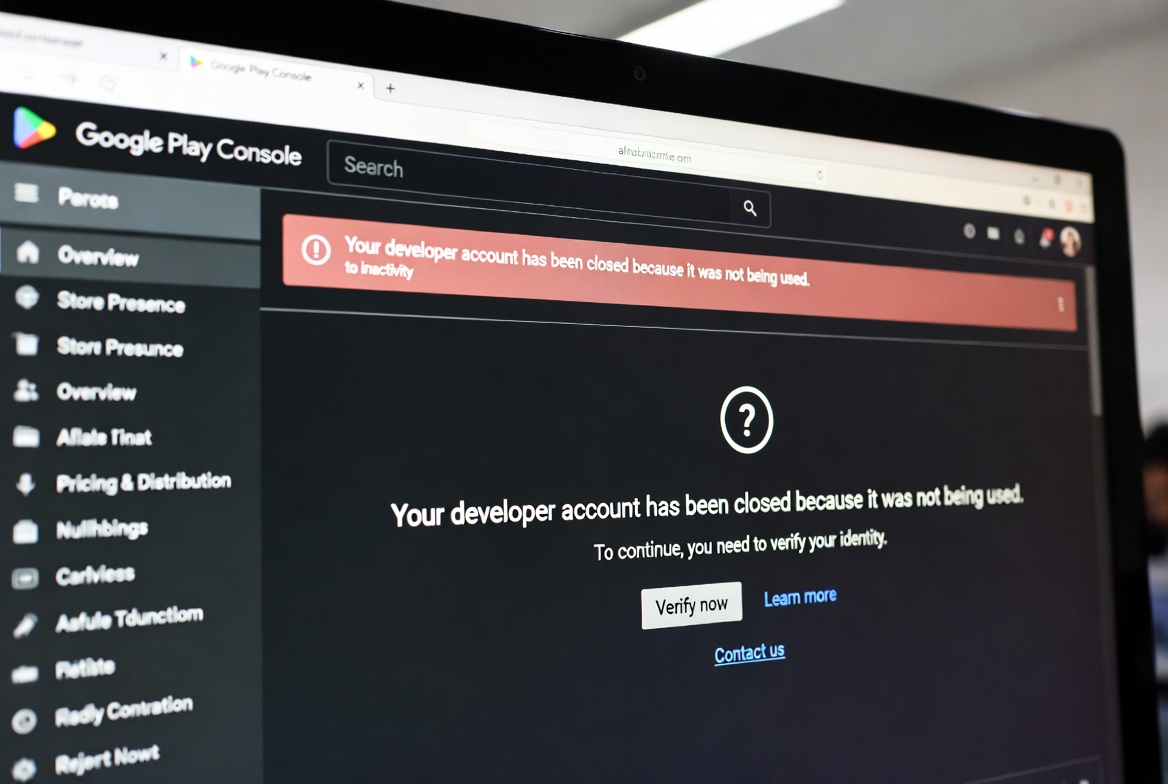Introduction
When you buy a domain for your website. Domain provider will offer you subdomain. Subdomain takeover is one such often-overlooked security risk that can have severe consequences for businesses and organizations. In the ever-changing landscape of cybersecurity, website owners and administrators must be vigilant about potential vulnerabilities that could compromise their online presence. In this article, we will delve into the world of subdomain takeover, exploring its definition, the risks it poses, and essential preventive measures to fortify your website’s defenses.
What is Subdomain Takeover?
Subdomain takeover happens when a subdomain that was used before is no longer active or connected to a service. This makes it easy for hackers to take control and misuse it. Once they take over the subdomain, they can show fake content, steal user data, or spread malware. This can damage your website’s trust, confuse visitors, and hurt your brand’s reputation. That’s why it’s important to keep track of all your subdomains and remove or fix the ones that are no longer in use.
The Risks and Dangers
Subdomain takeover can cause many problems that may harm your website and damage your brand’s reputation:
- Phishing Prowess: Hackers can use the hijacked subdomain to create fake websites that look real. These fake sites trick people into giving away personal information like usernames, passwords, or other private details. This is known as phishing.
- Malware Menace: If a subdomain is taken over, hackers can use it to spread harmful software called malware. When people visit the infected site, their devices can get infected too. This can lead to data being stolen or systems being damaged.
- Brand Reputation at Stake: Subdomain takeover can seriously harm your brand’s reputation. People may think the fake or harmful content is coming from your real website. This can make them lose trust in your brand and stop visiting your site. Even if you fix the problem later, it can still leave a bad impression. Negative experiences spread quickly through social media or word of mouth, which can affect your business or online presence. That’s why it’s important to protect your subdomains and act quickly if any issues are found.
- SEO Struggles: If someone takes over your subdomain and uses it for bad or spammy content, it can hurt your website’s SEO. Search engines may think your whole site is unsafe or low-quality. This can cause your site to rank lower in search results, making it harder for people to find you online. Fixing SEO damage can take time and effort, so it’s better to prevent the problem before it starts.
Shielding Against Subdomain Takeover
To protect your website from subdomain takeover, regularly check and clean up unused subdomains. If a subdomain is no longer needed, remove its DNS records to avoid leaving it open to attackers. Always monitor your DNS settings and hosting services to make sure everything is properly connected. Use security tools that alert you if a subdomain becomes inactive or misconfigured. Staying alert and managing your domains carefully is the best way to keep your site safe.
Implement the best following practices Shielding Against Subdomain Takeover :
- Frequent Subdomain Audits: Regularly conduct comprehensive audits of your website’s subdomains, paying close attention to those linked to third-party services. Ensure active usage and secure configurations.
- Prune Unused Subdomains: Swiftly remove any subdomains associated with inactive or discontinued services. Reducing the attack surface minimizes potential vulnerabilities.
- Third-Party Integration Caution: Exercise caution when integrating third-party services that require DNS changes. Opt for reputable providers and scrutinize their security practices.
- Verify Ownership Handovers: Prior to discontinuing a service or changing providers associated with a subdomain, verify with the previous service provider that they no longer control the subdomain.
- Empower Strong Access Controls: Restrict access to DNS settings, granting permissions only to authorized individuals. Limiting the number of individuals with this authority enhances security.
- CNAME Records Wisdom: Exercise prudence while using CNAME records to alias subdomains to third-party services. If a service becomes unclaimed, it could expose your website to subdomain takeover risks.
Preventing subdomain takeovers is crucial to safeguard your website’s security and protect your users from potential risks. By implementing the following preventive measures, you can significantly reduce the likelihood of subdomain takeover:

How to Prevent Subdomain Takeovers
Related Posts
Preventing subdomain takeovers is crucial to safeguard your website’s security and protect your users from potential risks. By implementing the following preventive measures, you can significantly reduce the likelihood of subdomain takeover:
By diligently implementing these preventive measures and staying proactive in your website’s security management, you can significantly reduce the risk of subdomain takeovers and protect your website’s integrity and reputation. Remember, maintaining a strong security posture is an ongoing process that requires continuous vigilance and adaptation to emerging threats.
- Regular Subdomain Audits: Conduct frequent audits of your website’s subdomains. Keep track of all active subdomains and verify that each one is associated with a legitimate and functioning service.
- Remove Unused Subdomains: Promptly remove any subdomains that are no longer in use or associated with discontinued services. Abandoned subdomains can become attractive targets for attackers.
- Cautious Third-Party Integrations: Be cautious when integrating third-party services that require DNS changes or CNAME records. Choose reputable providers and review their security practices before linking subdomains to their services.
- Verify Ownership Handovers: When discontinuing a service or transitioning to a new service provider, ensure that you have fully relinquished control of the associated subdomains. Verify with the previous provider that they no longer have access to those subdomains.
- Implement Strong Access Controls: Limit access to your DNS settings and control who has permission to make changes to subdomains. Restricting access to authorized personnel reduces the risk of unauthorized alterations.
- Utilize CNAME Records Carefully: Exercise caution when using CNAME records to alias subdomains to third-party services. If the service becomes unclaimed, it could expose your website to subdomain takeover risks.
- Monitor DNS Activity: Continuously monitor your DNS settings for any suspicious changes or unauthorized modifications. Implement real-time monitoring to detect any unusual activity promptly.
- Educate Your Team: Educate your website administrators and developers about subdomain takeover risks and best practices for maintaining a secure domain management system.
- Secure DNS Provider Credentials: Protect your DNS provider credentials with strong passwords and multi-factor authentication (MFA) to prevent unauthorized access.
- Enable DNS Zone Locking: Some DNS providers offer zone locking features that prevent changes to DNS records without manual verification. Consider enabling this feature for added security.
- Keep Software and Plugins Updated: Ensure that your website’s software, CMS, and plugins are up to date with the latest security patches to minimize the risk of vulnerabilities that attackers could exploit.
- Regular Security Assessments: Conduct regular security assessments and penetration testing to identify potential weaknesses in your website’s infrastructure, including subdomains.
By diligently implementing these preventive measures and staying proactive in your website’s security management, you can significantly reduce the risk of subdomain takeovers and protect your website’s integrity and reputation. Remember, maintaining a strong security posture is an ongoing process that requires continuous vigilance and adaptation to emerging threats.
Conclusion
Subdomain takeover may not be a widely known threat, but its potential impact on website security and user trust is significant. By understanding the risks and adopting proactive preventive measures, you can safeguard your website and brand from this stealthy vulnerability. Regular subdomain audits, the removal of unused subdomains, cautious third-party integrations, and strong access controls are vital to ensure your website’s integrity and user confidence. Stay one step ahead in the cybersecurity game, and your website will remain a secure fortress in the digital realm.



